How RUF Perfected the Porsche 911's Iconic Shape
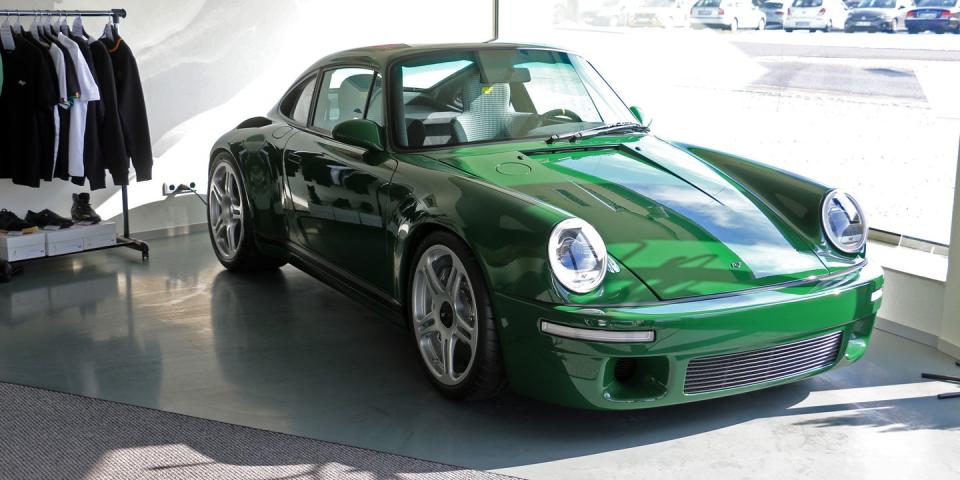
The latest vehicle designed and built by RUF, the naturally-aspirated SCR, is not one millimeter longer than a 911 from the 1980s. Yet unlike a Porsche 911 reimagined by Singer, the RUF creation is not based on an old 964. Instead, RUF's latest wonder is built around a custom carbon fiber chassis, which is wrapped in a carbon body designed by Freeman Thomas, the man behind the original Audi TT and Chrysler 300.
Standing by the car in RUF's lobby, I asked the longtime 911-obsessed designer to guide me through the design process that led to this car's creation. Here is exactly what he showed me, and told me.
You know, people say: “What did you do?” Well, we did a lot …
We had a couple of objectives. We wanted to absolutely keep the cabin [the same]. Because the cabin is the hub of this driver experience with the visibility and this familiar area which you have inside. The size of it is really important. The other thing we wanted to do is not to lengthen the car one millimeter from, let’s say, the ’89 911. It’s not a millimeter longer. But from that point, in order to achieve [Alois Ruf]'s goals of handling, stability at high speeds, and also driving on the Nürburgring … he wanted to widen the car's track. So, the overall width of the car is wider than a 959. And the wheelbase is also longer, with the wheels at the front moved 20mm further forward, and the wheels at the back moved 50mm. All that so that we get that high-speed stability, and better handling.
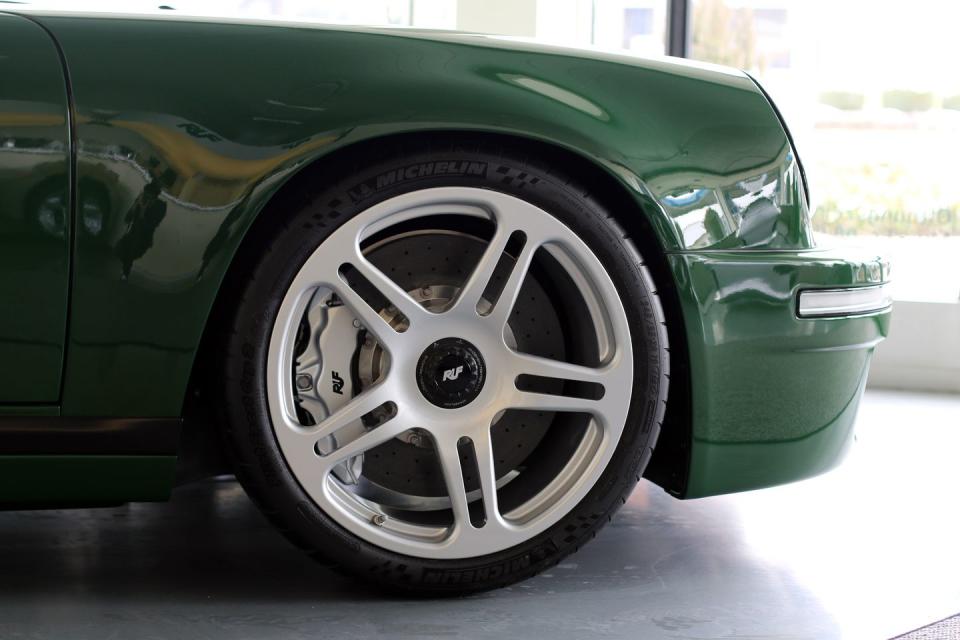
Another thing we decided, since we started with a clean sheet of paper, was to bring the centers of the wheels up into the body. The distance between the wheel hubs and the fenders is much shorter compared to a normal 911, because the tires are way up in the body. Then, we came up with a trick. It started out because we wanted to package the intercooler on the side on the turbo version of the car. So, we needed a bit of extra air, and I wanted to make sure that we always kept the original's beautiful shape. So, we took the whole door section out by 30mm. On the normal car, the door doesn’t come out. When you look at the original, it actually looks too narrow. And, of course, we added flush door handles.
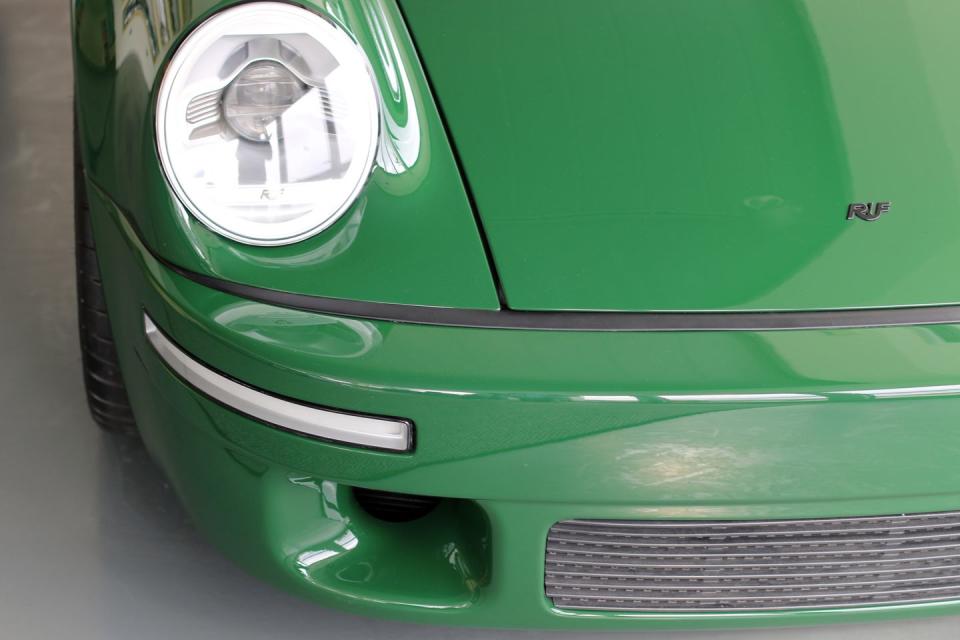
Then, the transition at the rear is also much smoother, aerodynamically as well as visually. When we come to the front, because we had 30 millimeters to play with, we decided to bring the headlights out a bit, leaving more room on the inner side, thus creating that beautiful curve. Normally, this is very tight between the bonnet and the headlights. The headlight shape is original, but with all new technology inside.
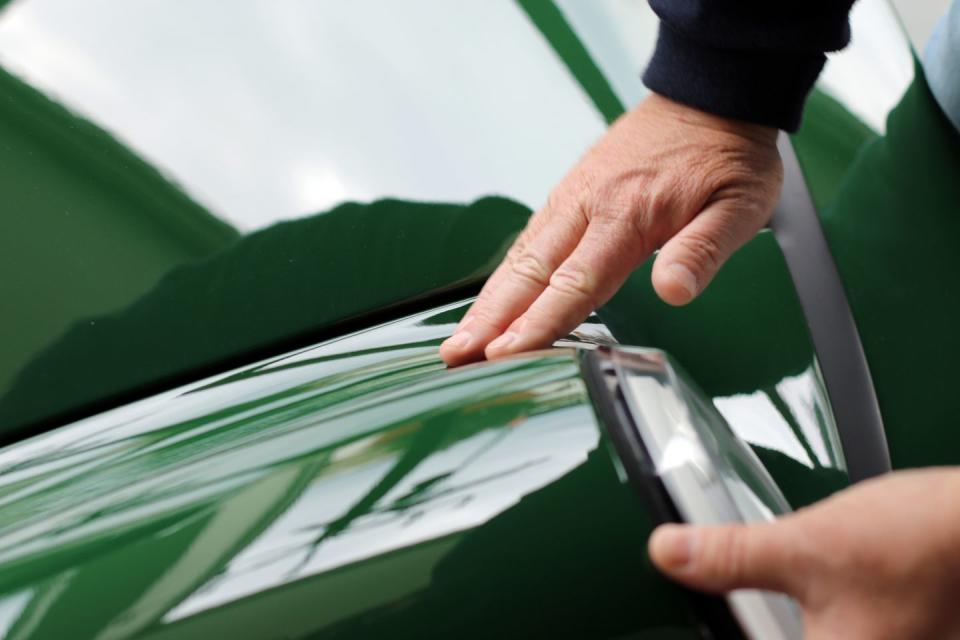
The bumpers, you know, they house all the cooling systems, pure function. RUF DNA all the way through. Larger LED lights, and the same thing at the rear. We found that as we added the extra space at the front, it makes for a much more elegant look through the back end. Also, the back bumper … it's very much like on the original CTR. As a designer, the goal was to capture that in an evolutionary way. I didn’t want to throw this out, because part of the magic of RUF is that it’s really not a “styled” product, it’s a functional one. And it takes much of its lesson from the 962 end of the spectrum-[it's designed like] a race car, a drivers’ car, more than something that’s just styled.
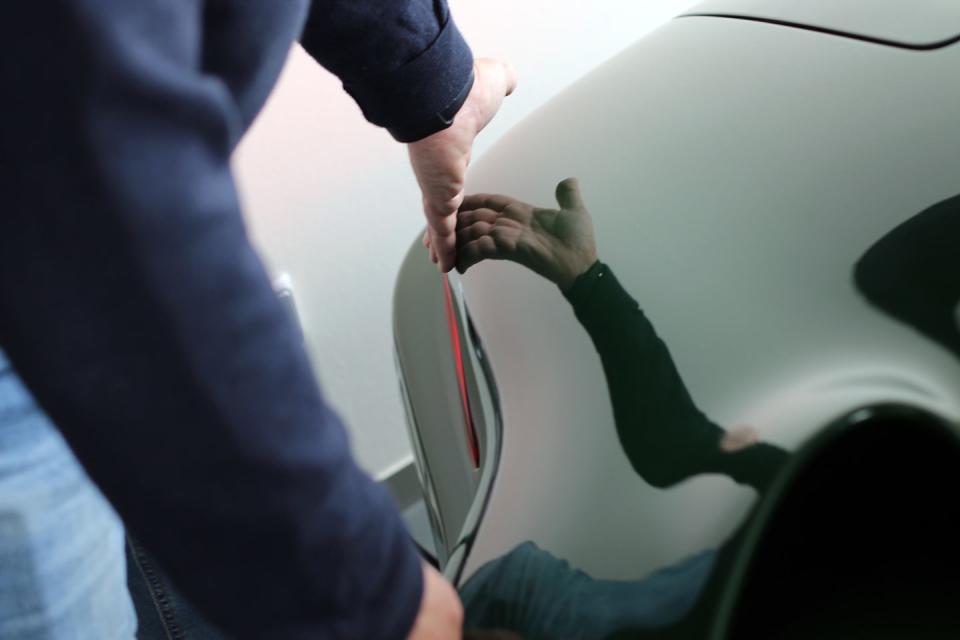
We talked a lot about the stance. The wheels are flush, and that means that your frontal area and everything else is optimized. When you look at a car, and you see a lot of space between the wheel and the fender ... that's just messy engineering. This is optimized. That means it’s exactly as it should be.
We have a side oil filler, a classic RUF detail that comes from the original CTR. You open it from the trunk area. Side intake for cold air induction. Of course we eliminated the back seat, because we gladly used that space as packaging room for all the other components.
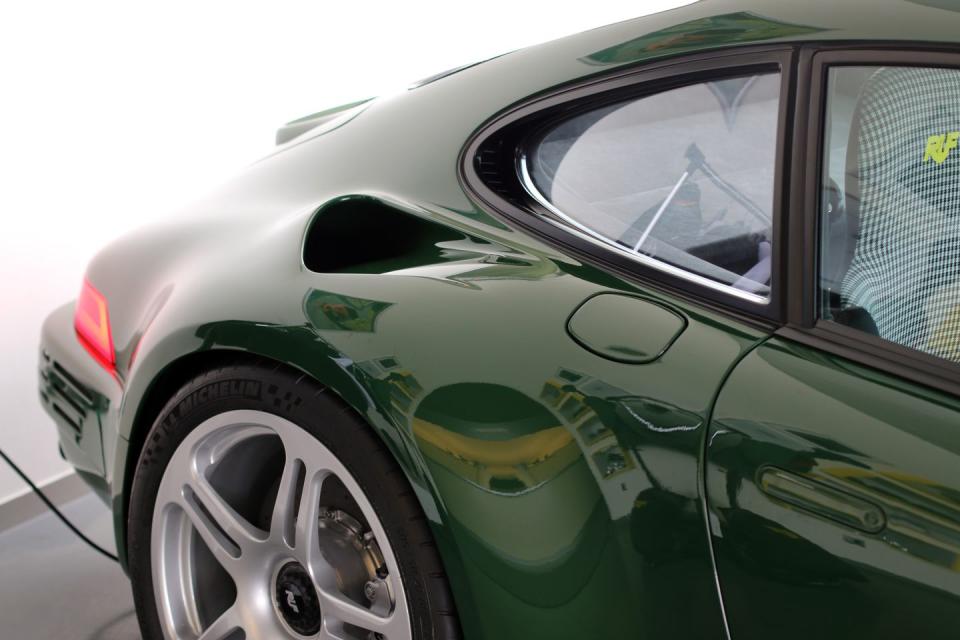
One of the RUF trademarks is that there is no drip rail, and lots of little details and tricks like that make the car complete. The fuel cap is located at the highest point of the fuel tank, which gives us maximum capacity. We will take this car to the wind tunnel, but more importantly, the way RUF does it is by actually driving. Because no wind tunnel can replicate doing 320-360 km/h [198-224 mph] on the Autobahn, passing a truck or driving through a side wind.
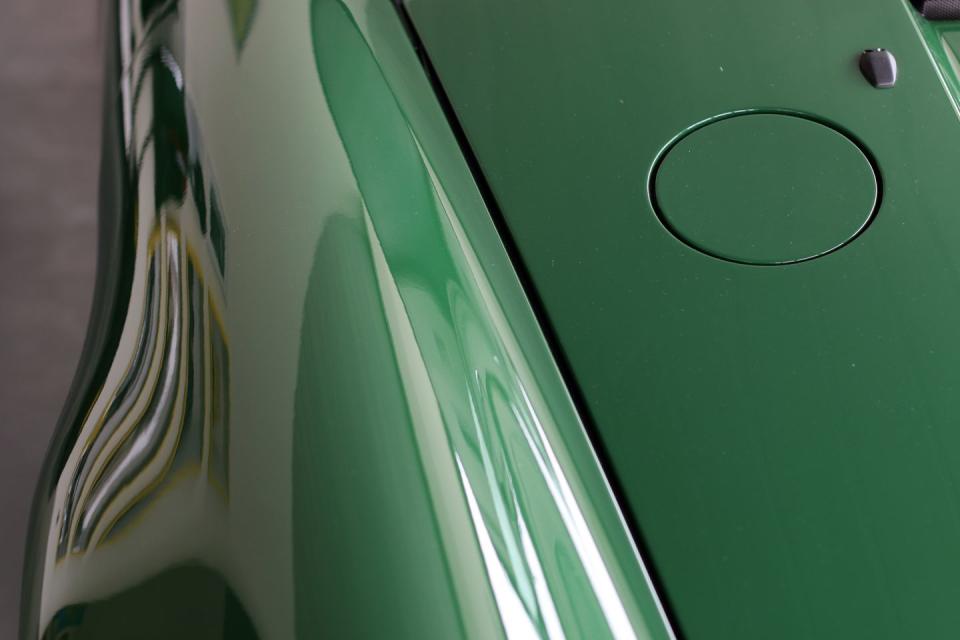
The RUF SCR uses original 964 glass, which can only work when you have the same exterior passenger cell dimensions as what Porsche came up with in 1989. Add 535 naturally aspirated horses to that picture in a car that's classically styled, but brand new, and legal everywhere on the planet without being built around an existing Porsche chassis. This is what makes RUF something completely unique.
You Might Also Like

 Yahoo Autos
Yahoo Autos 